Looking to transform your physique and sculpt a strong, defined upper body? Look no further than the power of Kettlebell Rows! With this dynamic exercise, you can target multiple muscle groups simultaneously for a full-body workout like never before. Engaging your back, shoulders, and arms, Kettlebell Rows are designed to unlock the potential of your muscles and take your fitness routine to new heights.
Whether you’re a beginner or a seasoned gym-goer, these versatile exercises offer a challenging yet rewarding experience that will leave you feeling stronger, more toned, and ready to conquer any fitness goal.
So why wait? Dive into the world of Kettlebell Rows and witness firsthand the incredible muscles worked and the transformative effects on your physique. Get ready to unleash your inner strength and achieve the body you’ve always dreamed of.
What is a Kettlebell Row
The Kettlebell Row is a compound exercise that targets the muscles of the upper back, shoulders, and arms. It strengthens these muscle groups, improves posture, and enhances overall upper body strength and stability. The exercise also promotes functional strength, and grip strength, and can be tailored to suit different fitness levels and goals.
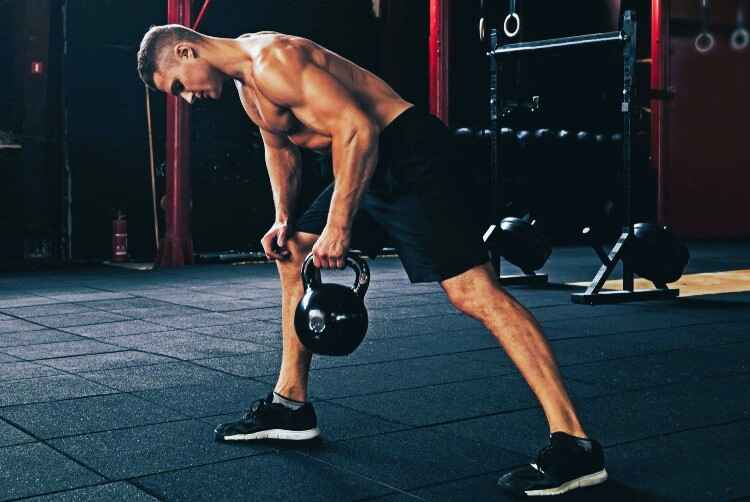
Also Read: How to Master the Triceps Pushdown: Step-by-Step Guide
Kettlebell Row Muscles Worked
The following muscles are engaged and strengthened during the Kettlebell Row exercise.
- Latissimus dorsi (lats)
- Rhomboids
- Trapezius (upper, middle, and lower fibers)
- Posterior deltoids
- Biceps brachii
- Forearm muscles (brachioradialis, flexor carpi radialis)
- Core muscles (transverse abdominis, obliques) – as stabilizers
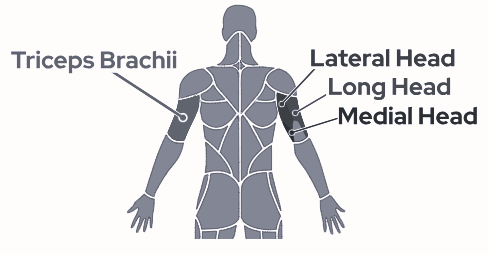
How to Perform Kettlebell Rows
A. Set-Up and Equipment Needed
To perform Kettlebell Rows, you will need the following:
- A kettlebell: Choose a weight that challenges you but allows you to maintain proper form throughout the exercise.
- A flat and stable surface: Find a clear area where you can safely place the kettlebell and perform the exercise without any obstacles.
B. Step-by-Step Guide
Here’s a detailed breakdown of how to execute the exercise correctly:
- Initial Position
- Stand with your feet shoulder-width apart, knees slightly bent.
- Place the kettlebell on the floor between your feet.
- Bend at the hips, keeping your back straight, and reach down to grab the kettlebell handle with one hand.
2. Execution of the Exercise:
- With a firm grip on the kettlebell, engage your core and pull your shoulder blades back and down.
- Keep your arm extended, and as you exhale, begin to lift the kettlebell by pulling your elbow up and back, driving the movement from your back muscles.
- Continue pulling until your upper arm is parallel to the floor or slightly higher, and the kettlebell is close to or touching your torso.
- Pause briefly at the top of the movement, squeezing your back muscles.
- Slowly lower the kettlebell back down to the starting position in a controlled manner, while keeping your back straight and core engaged.
Breathing Tips
- Inhale as you lower the kettlebell towards the floor.
- Exhale as you lift the kettlebell towards your torso, focusing on your breath to help generate power and stability during the movement.
Remember to repeat the exercise for the desired number of repetitions on one side before switching to the other hand.
Note: It’s essential to maintain proper form throughout the exercise. Avoid rounding your back or using excessive momentum to lift the kettlebell. If you’re new to the exercise, it’s recommended to seek guidance from a fitness professional to ensure proper technique and prevent injury.
Benefits of Kettlebell Row Muscles Worked
The Kettlebell Row exercise offers several benefits and targets multiple muscle groups. Here are some of the benefits and muscles worked during Kettlebell Rows:
- Posterior Chain Strengthening: Kettlebell Rows target the muscles supporting your posture, including the back, shoulders, and core, helping to improve overall posture and reduce slouching.
- Full-Body Compound Exercise: Kettlebell Rows engage various muscle groups simultaneously, such as the shoulders, core, arms, back, hips, and legs, making it a great full-body compound exercise.
- Back Muscle Development: Kettlebell Rows help strengthen and develop the muscles of the back, including the latissimus dorsi (lats), rhomboids, trapezius (upper, middle, and lower fibers), and posterior deltoids.
- Arm and Grip Strength: The biceps brachii and forearm muscles, including the brachioradialis and flexor carpi radialis, are engaged during Kettlebell Rows, helping to enhance arm and grip strength.
- Core Stability: The core muscles, such as the transverse abdominis and obliques, act as stabilizers during the exercise, promoting core strength and stability.
It’s important to note that different variations of Kettlebell Rows may target these muscle groups differently. It is recommended to consult with a fitness professional or trainer to ensure proper form and technique while performing Kettlebell Rows.
Variations of Kettlebell Row Muscles Worked
There are several variations of the Kettlebell Row Muscles Worked that you can incorporate into your workout routine to target the upper body from different angles and stimulate muscle growth.
1. Kettlebell Regular Row
The Kettlebell Regular Row is a classic variation of the rowing exercise that primarily targets the muscles of the back, including the rhomboids, trapezius, lats, and posterior shoulder muscles.
How to Perform
- Stand with your feet shoulder-width apart, holding a kettlebell in one hand.
- Hinge at the hips, keeping your back straight and core engaged. Your torso should be parallel to the ground.
- Extend your arm fully, allowing the kettlebell to hang towards the floor.
- Retract your shoulder blades and bend your elbow, pulling the kettlebell towards your torso.
- Focus on squeezing your back muscles at the top of the movement.
- Lower the kettlebell back down with control, fully extending your arm again.
- Complete the desired number of repetitions on one side before switching to the other hand.
2. Kettlebell Suitcase Row
The Kettlebell Suitcase Row is a variation of the rowing exercise that focuses on strengthening the upper and middle back muscles, including the traps and rhomboids, as well as the lats and biceps.
How to Perform
- Stand with your feet shoulder-width apart, holding a kettlebell in one hand by your side, just like carrying a suitcase.
- Hinge at the hips, keeping your back straight and core engaged. Your torso should be parallel to the ground.
- Extend your arm fully, allowing the kettlebell to hang towards the floor.
- Retract your shoulder blades and bend your elbow, pulling the kettlebell towards your torso, and keeping your elbow close to your body.
- Focus on squeezing your back muscles at the top of the movement.
- Lower the kettlebell back down with control, fully extending your arm again.
- Complete the desired number of repetitions on one side before switching to the other hand.
3. Double Kettlebell Row
The Double Kettlebell Row is an effective variation of the rowing exercise that targets the rhomboids, trapezius, lats, biceps, grip, and core muscles. It involves using a kettlebell in each hand simultaneously.
How to Perform
- Stand with your feet shoulder-width apart, holding a kettlebell in each hand by your sides.
- Hinge at the hips, keeping your back straight and core engaged. Your torso should be parallel to the ground.
- Extend your arms fully, allowing the kettlebells to hang towards the floor.
- Retract your shoulder blades and bend your elbows, pulling the kettlebells towards your torso, keeping your elbows close to your body.
- Focus on squeezing your back muscles at the top of the movement.
- Lower the kettlebells back down with control, fully extending your arms again.
- Complete the desired number of repetitions.
4. Kettlebell Plank Row on Bench
The Kettlebell Plank Row on Bench is a challenging exercise that combines the benefits of a plank and a row, targeting the core, upper body, and back muscles.
Muscles Worked: Rhomboids, Trapezius, Lats, Biceps, Grip, Core Muscles, and Posterior Shoulder Muscles.
How to Perform
- Start by placing a bench or sturdy elevated surface in front of you.
- Assume a plank position with your hands placed on the bench, shoulder-width apart, and your feet extended behind you.
- Position two kettlebells on the ground, just outside of shoulder-width apart.
- Engage your core, ensuring your body forms a straight line from your head to your heels.
- Maintaining a stable plank position, lift one kettlebell off the ground by retracting your shoulder blade and pulling it towards your torso. Keep your elbow close to your body.
- Lower the kettlebell back down with control, returning it to the starting position.
- Repeat the movement with the opposite arm.
- Continue alternating sides, maintaining proper form throughout the exercise.
5. Kettlebell Renegade Row
The Kettlebell Renegade Row is a challenging exercise that targets multiple muscle groups, including the core, upper back, shoulders, and arms. It involves a combination of a plank and a rowing movement.
How to Perform
- Start by placing two kettlebells on the ground, shoulder-width apart.
- Assume a high plank position with your hands on the kettlebell handles, wrists aligned with your shoulders, and your feet extended behind you. Your body should form a straight line from your head to your heels.
- Engage your core and squeeze your glutes to maintain a stable plank position.
- Shift your weight onto one arm while keeping the other arm fully extended and supporting your body.
- Begin the rowing movement by retracting your shoulder blade and pulling the kettlebell towards your torso, keeping your elbow close to your body.
- Lower the kettlebell back down with control, returning it to the starting position.
- Repeat the rowing movement with the opposite arm while maintaining a stable plank position.
- Continue alternating sides, performing the rowing movement with control and proper form.
Tips to Maximize Results and Safety
To maximize results and ensure safety while performing the exercise, follow the below tips,
- Maintain proper form for effective muscle targeting.
- Develop a strong mind-muscle connection during the exercise.
- Gradually increase kettlebell weight for progressive overload.
- Control the movement to avoid momentum or swinging.
- Vary grips and hand positions to target different muscle groups.
- Incorporate variations like single-arm rows or renegade rows.
- Combine with compound movements for a full-body workout.
- Prioritize recovery for optimal muscle growth.
By following these tips, you can optimize your results and maintain a safe workout routine.
Common Mistakes to Avoid
When performing the kettlebell row exercises, it’s important to maintain proper form to maximize its effectiveness and minimize the risk of injury. Here are some common mistakes to avoid:
- Rounded Back: Avoid rounding your back during the rowing movement. Maintain a straight and neutral spine to protect your lower back and engage the targeted muscles effectively.
- Shrugging Shoulders: Don’t shrug your shoulders up towards your ears. Keep your shoulders down and away from your ears to maintain proper form and prevent unnecessary tension in your neck and traps.
- Using Momentum: Avoid using momentum or swinging the kettlebell to lift the weight. Focus on controlled movements, engaging the muscles throughout the entire range of motion.
- Incorrect Hand Placement: Ensure that your hand placement on the kettlebell handle is secure and comfortable. Avoid gripping too tightly or allowing the kettlebell to slip out of your hand.
- Lifting Too Heavy: Start with an appropriate weight that allows you to maintain proper form and technique. Gradually increase the weight as you gain strength and improve your stability.
- Neglecting Core Engagement: Engage your core muscles throughout the exercise to stabilize your body and support your lower back. Neglecting core engagement can lead to poor form and potential injuries.
- Rushing the Movement: Allow yourself enough time to complete each repetition with control. Avoid rushing through the exercise, as it can compromise your technique and reduce the effectiveness of the workout.
By avoiding these common mistakes and focusing on proper technique, you can maximize the benefits of the Kettlebell Row exercise and minimize the risk of injury.
Frequent Question Answers
By addressing the following frequently asked questions, we hope to provide clarity and guidance on incorporating the kettlebell row exercises into your fitness routine. Remember to listen to your body, start at an appropriate level, and gradually progress for optimal results.
| FAQ | Answer |
|---|---|
| What muscles does a kettlebell row work? | Kettlebell rows primarily work the muscles in the upper back, including the latissimus dorsi (lats), rhomboids, and rear deltoids. |
| What muscles do the kettlebell upright row work? | The kettlebell upright row targets the shoulders and upper back muscles, specifically the deltoids, traps, and rhomboids. |
| What are the benefits of the kettlebell plank row? | The kettlebell plank row is a compound exercise that targets multiple muscle groups, including the core, back, shoulders, and arms. It improves strength, stability, and posture. |
| What muscles does kettlebell suitcase row work? | The kettlebell suitcase row primarily targets the muscles of the upper back, including the lats, rhomboids, and rear deltoids, as well as the biceps and forearm muscles. |
| Can you build a chest with kettlebells? | Yes, kettlebell training can build muscle when used in a structured and progressive training program. It provides resistance and challenges the muscles, promoting strength and hypertrophy. |
| Can you build chest with kettlebells? | While kettlebells are not typically associated with chest exercises, they can be used for variations of push-ups or presses that target the chest muscles, such as the pectoralis major and minor. |
| Do kettlebell rows work biceps? | Kettlebell rows primarily target the muscles of the upper back, such as the lats and rhomboids. While the biceps are involved to some extent as stabilizers, they are not the primary focus of the exercise. For direct bicep targeting, other exercises like curls are more effective. |
Conclusion
In conclusion, the kettlebell row is an effective exercise that targets the muscles of the upper back, shoulders, and arms. By incorporating kettlebell rows into your workout routine, you can strengthen and tone these muscle groups, improve posture, and enhance overall upper body strength. Consistency and proper form are key to achieving optimal results. So grab a kettlebell, challenge yourself, and watch as your upper body gets stronger and more defined. Keep pushing and stay committed to your fitness goals!
Sources
- Great Accessory Kettlebell Exercise for Your Lats
- 10 Kettlebell Row Exercises for Back & Biceps
- 6 Kettlebell Row Variations for a Strong Back
- What muscles do kettlebell upright rows work?
- Kettlebell Bent-over Rows – How To Do Properly & Muscles
- How to: Kettlebell row
- Step-by-Step Instructions for the Kettlebell One-Arm Row
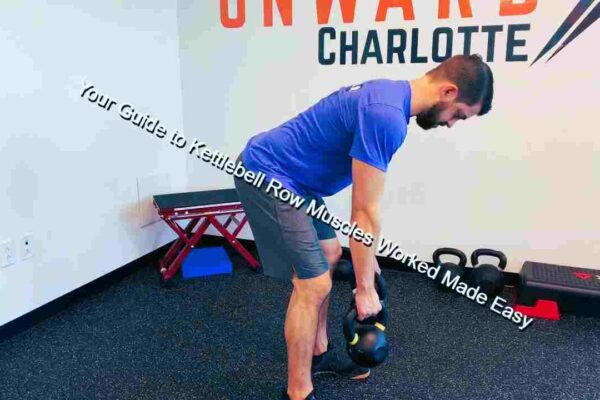


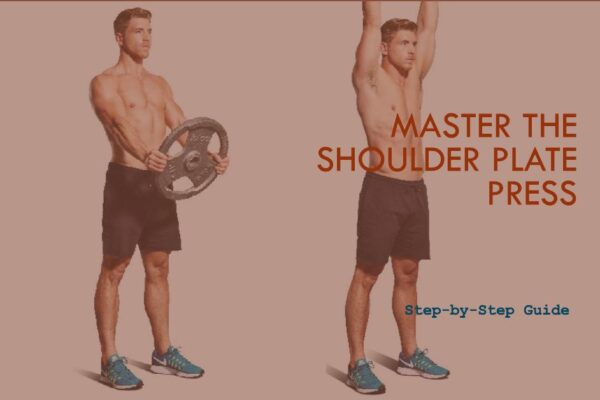
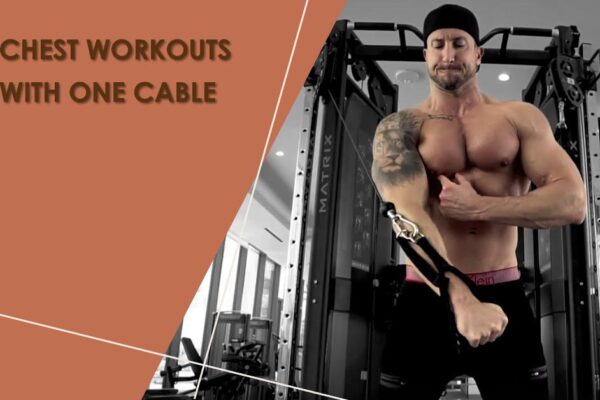
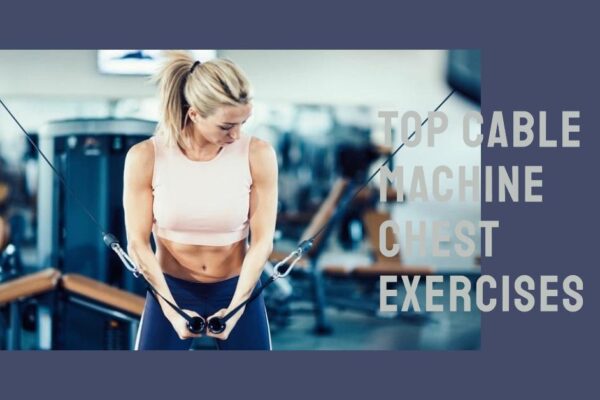
Leave a Reply